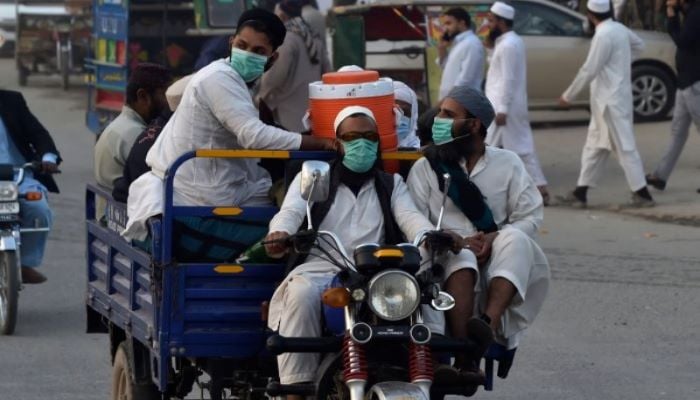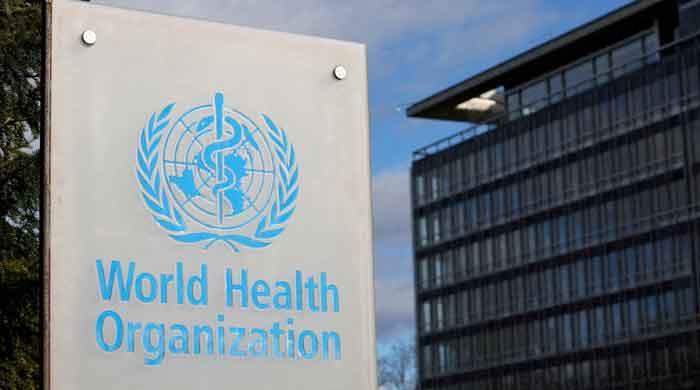Coronavirus: 40% households in Pakistan facing moderate to severe food insecurity
Pakistan Bureau of Statistics releases report on socioeconomic impact because of COVID-19
January 11, 2021

- Report on unemployment and economic impact in Pakistan of first wave of coronavirus released
- It has been prepared by the Pakistan Bureau of Statistics
- The report released statistics on economic impacts between April and July 2020
ISLAMABAD: The first wave of coronavirus affected 27.31 million working people in Pakistan last year, says the Pakistan Bureau of Statistics (PBS).
The PBS prepared a special report on the socioeconomic impact of COVID-19 in Pakistan during the first wave of the virus. It covers economic impacts between April and July 2020.
The report said 20.6 million people lost their jobs during the lockdown from April to July.
In Pakistan, 35% of the population is 10 years and older. This means approximately 55.74 million were working before the onset of COVID-19. However, due to closure of activities after implementation of the lockdown, this declined to 22% (35.04 million).
Coronavirus death toll in Pakistan crosses 10,000-mark
Sindh was the most-affected province as its working population reduced to 23% during the COVID-19 period as compared to 38% before the pandemic. Punjab followed with a 14% decline and Balochistan with an 11% decline.
After July, however, the recovery process started and 33% of the population reported they were working again.
What was the survey sample?
Data of 500 blocks comprising 6,000 households was collected from all over Pakistan during October 20, 2020 to November 5, 2020 electronically through tablets.
As the impact of crises was more in urban areas, 70% of the sample size was from urban areas and 30% from rural areas.
The reference period for the survey was January to March 2020 for pre-COVID, April to July 2020 during COVID and August to November 5, 2020 for after the first wave of COVID-19
Food insecurity in 40% households
The report said 40% of household in Pakistan faced moderate or severe food insecurity in the aftermath of the COVID-19 pandemic.
It said 60% households possessed adequate access to food in both quality and quantity and 30% faced moderate food insecurity and uncertainties about their ability to obtain food. They were forced to compromise on the quality and quantity of the food they consume.
Pakistan to vaccinate its population against coronavirus for free: Fawad Chaudhry
There were 10% households that faced severe food insecurity.
The coping strategies adopted by households included reduced non-food expenses i.e. health, clothing, etc, switched to lower quality/quantity food, spent savings or investment or sold property, obtained loans from friends/relatives, delayed payment of loans and in severe cases. There were about 8% households who were forced to discontinue education.
Manufacturing, construction sectors hit hardest
An analysis of the working population affected due to the lockdown stood at 27.31 million.
The industry-wise division showed that 26% were from the manufacturing sector, 20% construction sector, 17% transport and storage, 16% wholesale and retail trade and others 5%.











